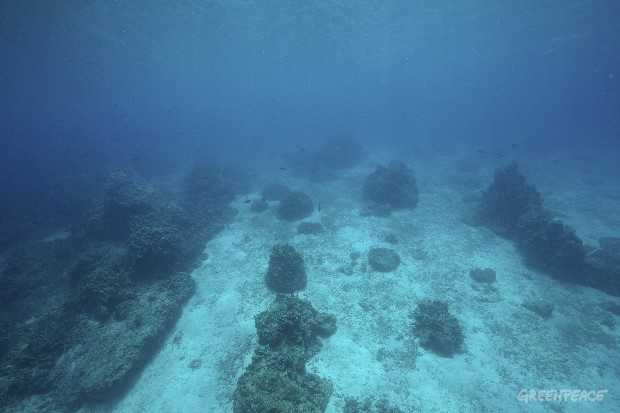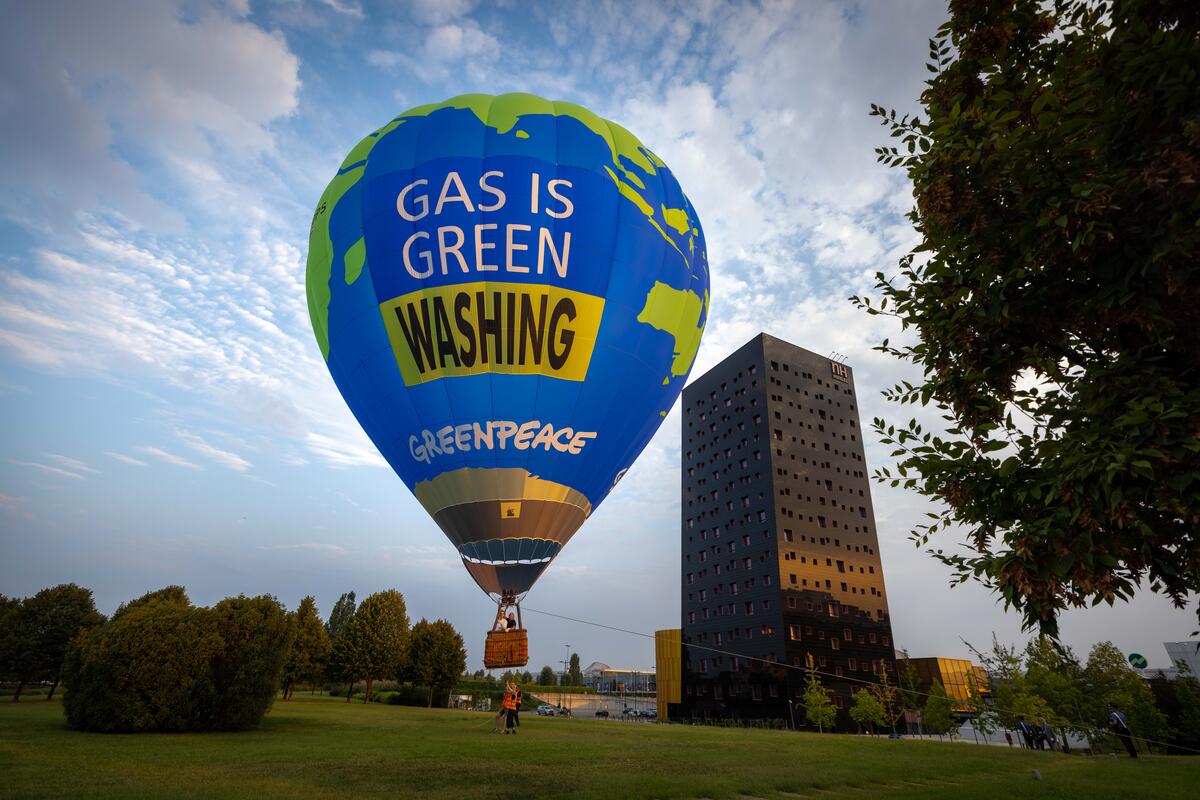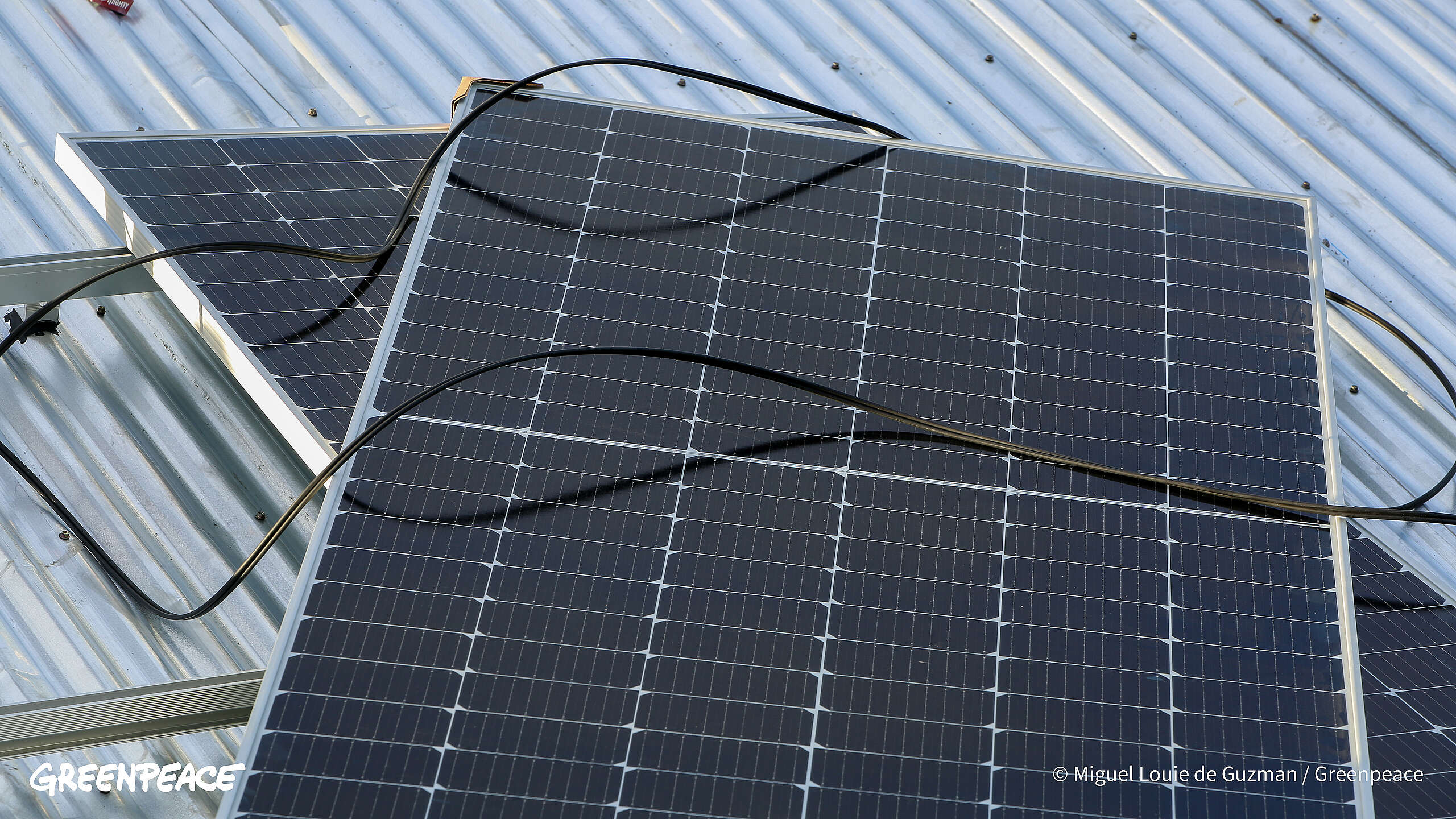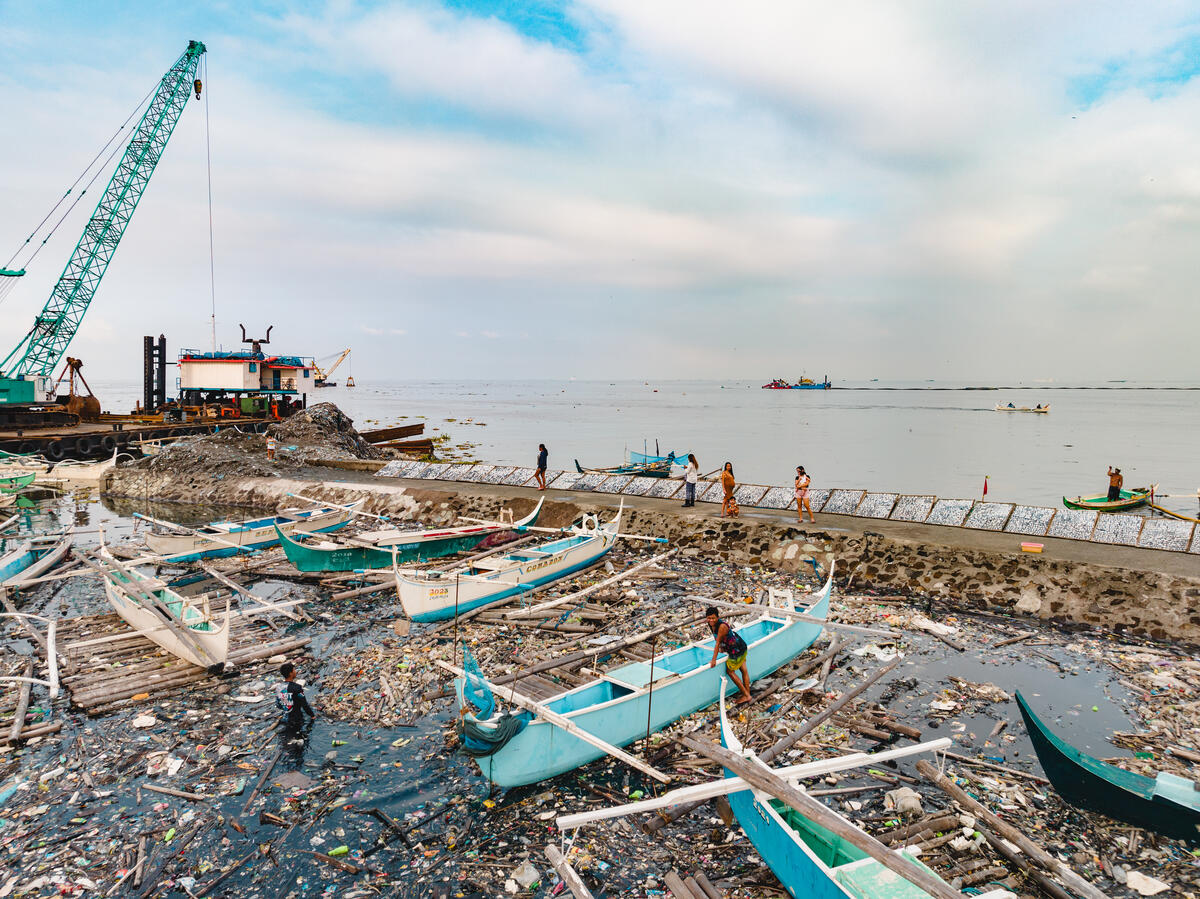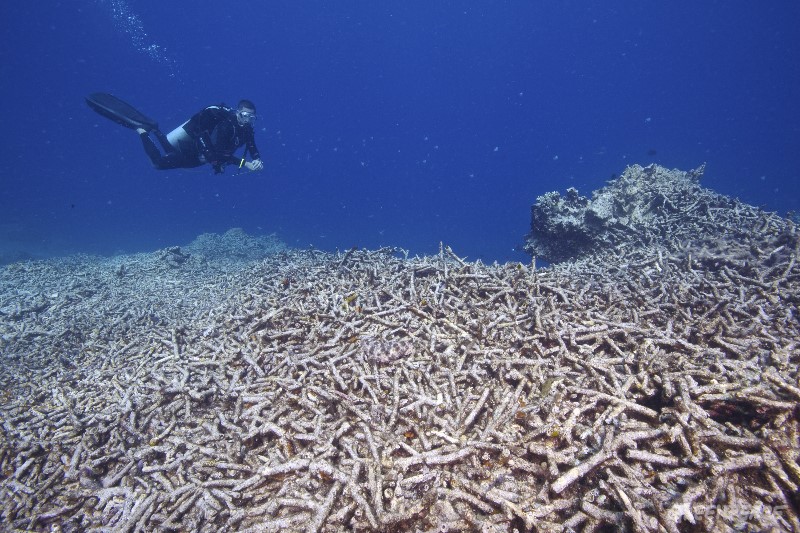
Reefs in Apo Island’s Marine Sanctuary, in the southeastern side of the island were severely damaged by typhoon Sendong in 2011 and Typhoon Pablo in 2012. Researchers estimate coral damage at 99%. Coral reef fish abundance also declined by 50%. Reefs on the Northern side of the island were unaffected by the storms and remain intact.
Apo Island’s community-managed marine sanctuary is considered one of the best of its kind in the world. Established in the mid1980s, the sanctuary became a beacon of hope that damaged reefs can, with proper protection, management, and community buy-in, be restored back to health. The sanctuary was key to the increase of fish populations in the area, providing multiple benefits to coastal folk.
The sanctuary was also instrumental in causing marine life to thrive beyond the southeastern coast of the island, making the waters around the entire island a haven for sea turtles and other marine species.
But tragedy struck due to two catastrophic typhoons. Strong storm surges decimated the corals and washed them ashore. The sanctuary, once known to be teeming with marine life was left devastated and now resembles a coral graveyard. Fortunately the reefs on the other sides of the island were spared. But while the damage to the sanctuary was significant not all was lost because marine life around the island was already healthy. Turtles continue to feed around the island and the fish, despite reduced populations, still flourish.
Apo Island’s success story has always been a model of hope for the Philippine seas. Today, although its sanctuary is destroyed, the active and cooperative efforts of the community, academe, and local government show that there is hope for other devastated reefs around the country.
Greenpeace believes that the damage to the reef is a warning of things to come if our coastal resources aren’t fully protected. The Philippine seas is currently facing a two-pronged challenge of marine ecosystems degradation and overfishing. This is compounded by other stressors such as climate change, as in the case of Apo Island. Greenpeace is calling on the Philippine government to address the current crisis in the Philippine seas as a national priority.


